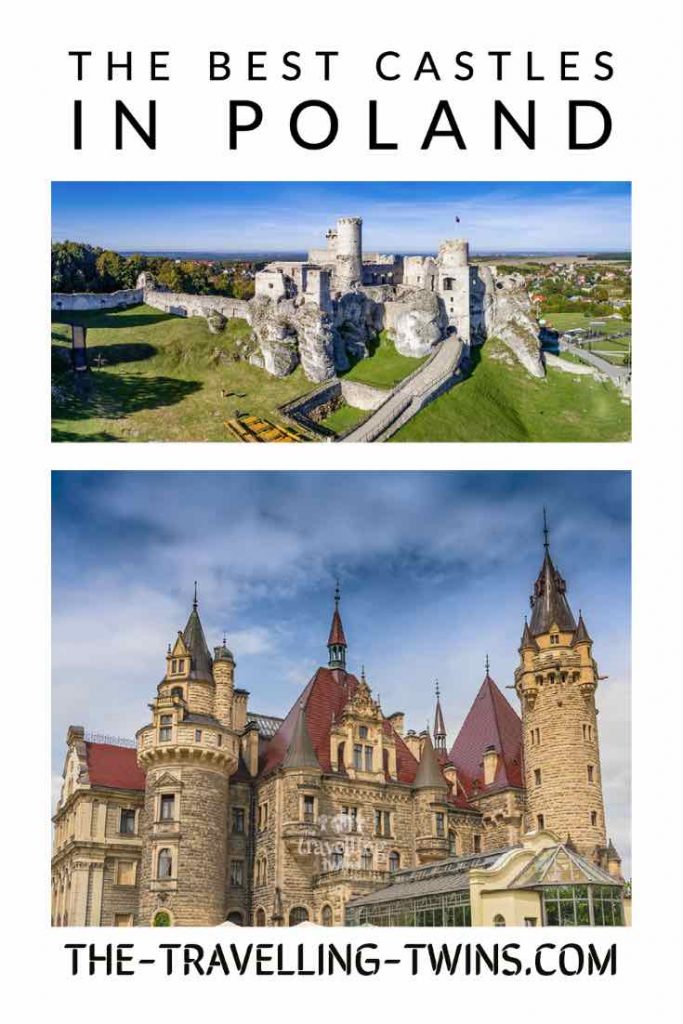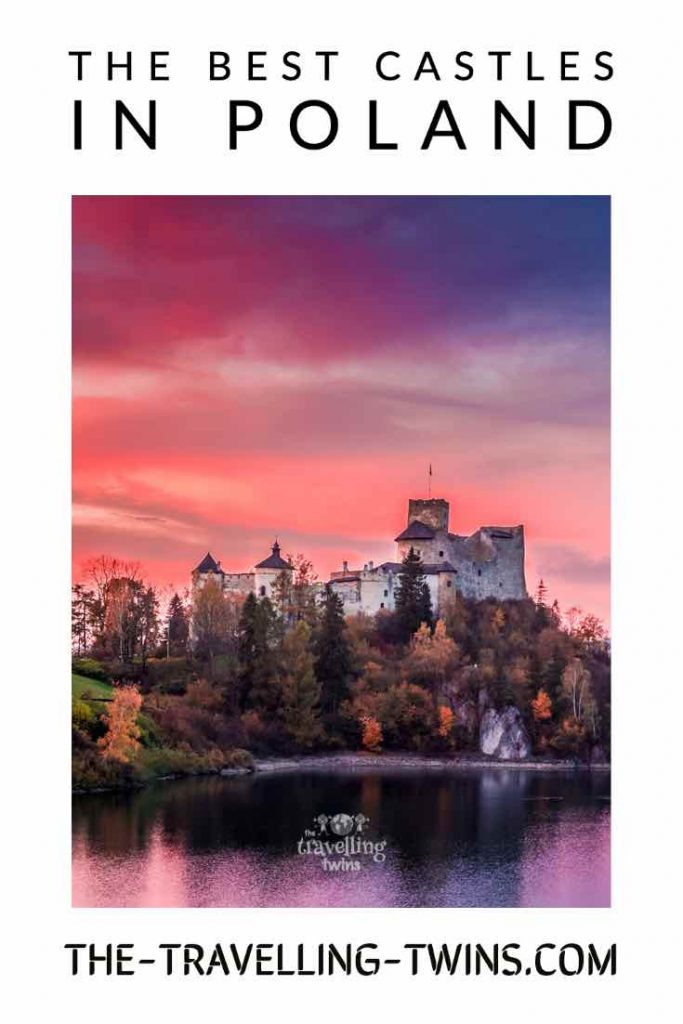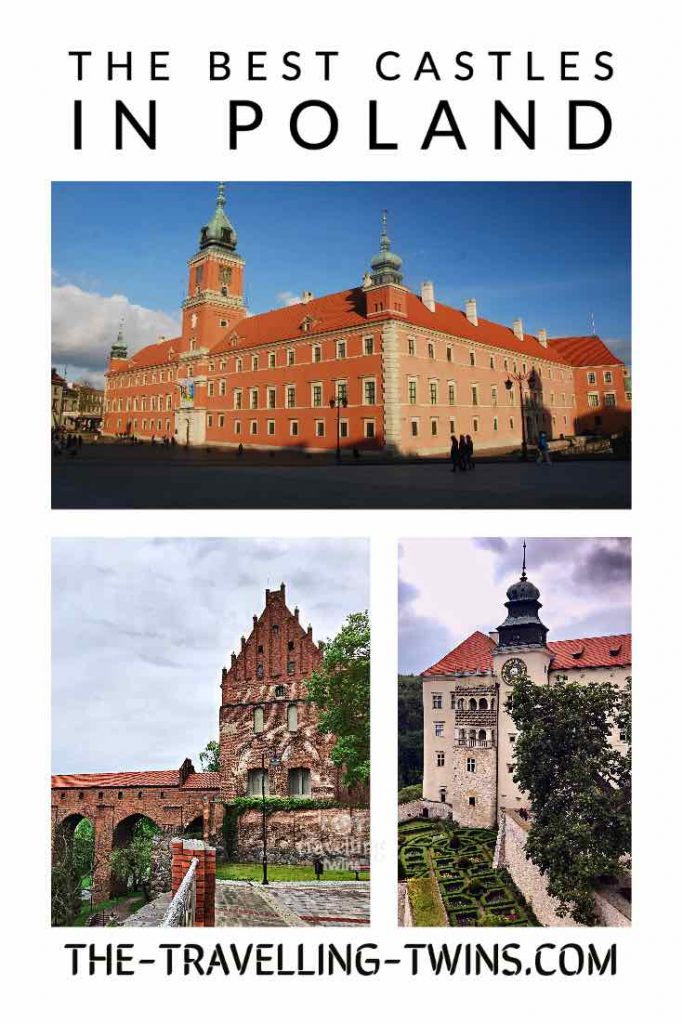In this article, we’ll explore the best castles in Poland. From those that fit into a day trip to those that need a full week to explore, you’ll find 20 of the very best castles from across Poland. Here you will find all the must-see castles as well as those with architectural and cultural significance. With its thousand-year history lying at the borders of empires, Poland boasts some of the largest examples of all European mediaeval castles, some of them being the largest medieval castles in Europe.

These are the best castles in Poland, including some of the finest landmarks in Europe to see when you visit Poland.
Malbork Castle:
This impressive, extensive complex comprises a total of three fortresses with a total area of 210,000 square meters. Malbork is the largest castle in the world (almost double the size of the second largest)
A medieval castle located in Northern Poland. Malbork Castle was constructed in the 13th century by the Teutonic Knights. For 150 years, this mighty fortress was the seat of the Teutonic Order. It is now a Unesco World Heritage Site.
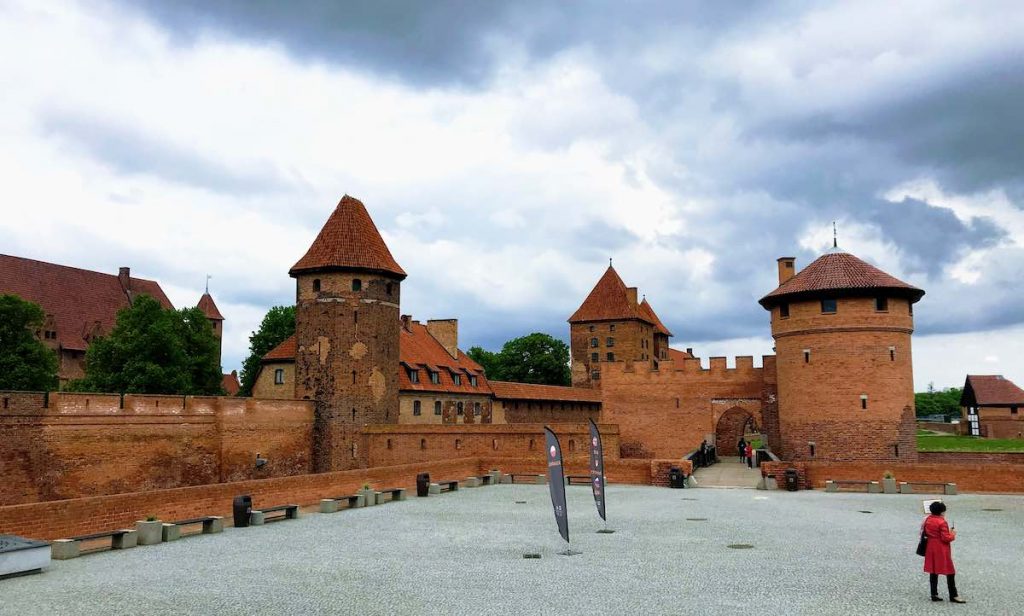
Malbork Castle’s convenient position on the banks of the Nogat River meant that it controlled the Riverway and was able to collect tolls from trading ships and barges. In the 15th and 18th centuries, the castle was one of the main residential centres in the Polish Commonwealth. It had been restored before World War II and then again destroyed during and after. Restoration began in the 1960s and continues to this very day.
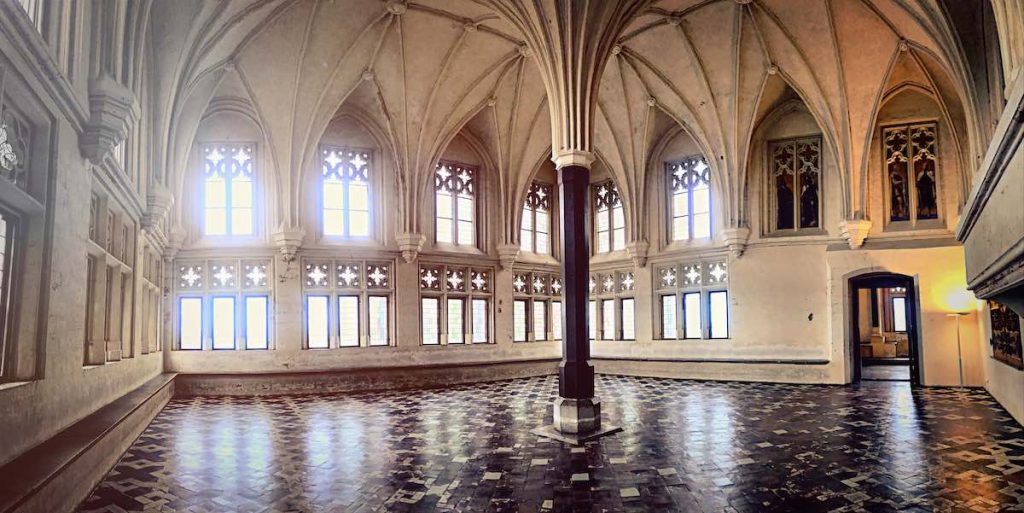
Wawel Royal Castle
An iconic symbol of Poland and probably the most famous Polish castle, Wawel Royal Castle in Krakow is one of the greatest Polish Landmarks, founded formally by Casimir III in the mid-fourteenth century though some of its buildings are a century older than that.
It is the only major European castle to have survived almost intact since its construction, with all major buildings constructed between the 13th and 18th centuries.
The Wawel Castle was the former seat of the Polish monarchy and where Kings were crowned for several centuries. Nowadays, it houses several divisions of the Polish History Museum and has many Polish historical paintings.
Wawel Royal Castle This historic castle was home to the Polish Royal family for several centuries.
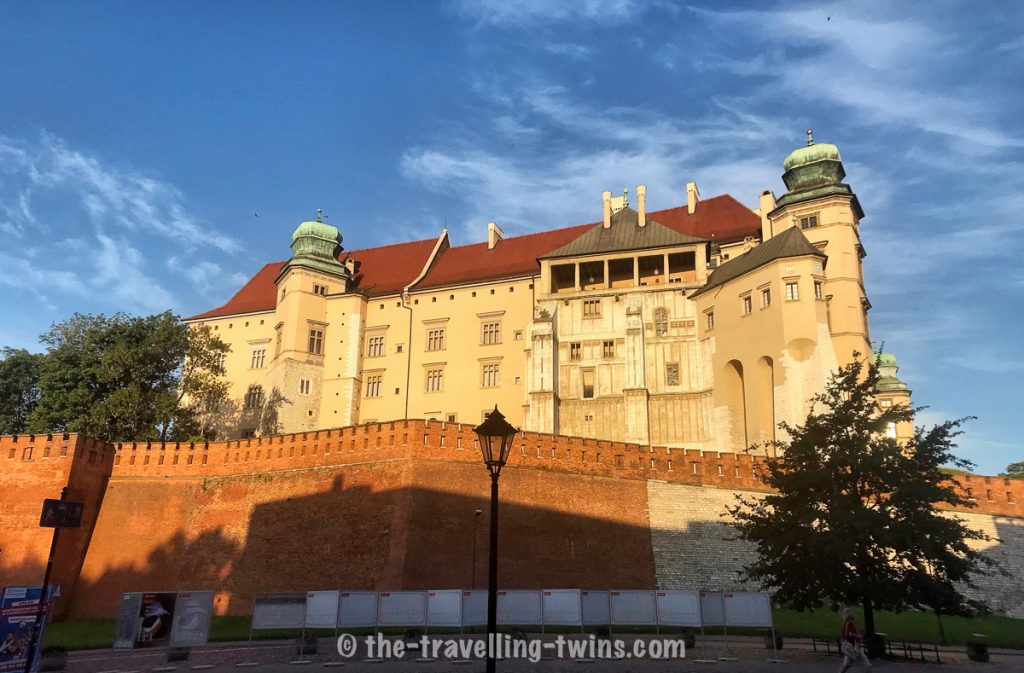
The Royal Castle in Warsaw
Another of the most famous landmarks in Poland, Warsaw’s Royal Castle, sits on Ujazdów Avenue in Warsaw. Construction was started in the 14th century by the Prince of Mazovia Janusz I. It changed hands many times over the years, but when King John III Sobieski took over in 1688, he reconstructed it into a palace that would represent him.
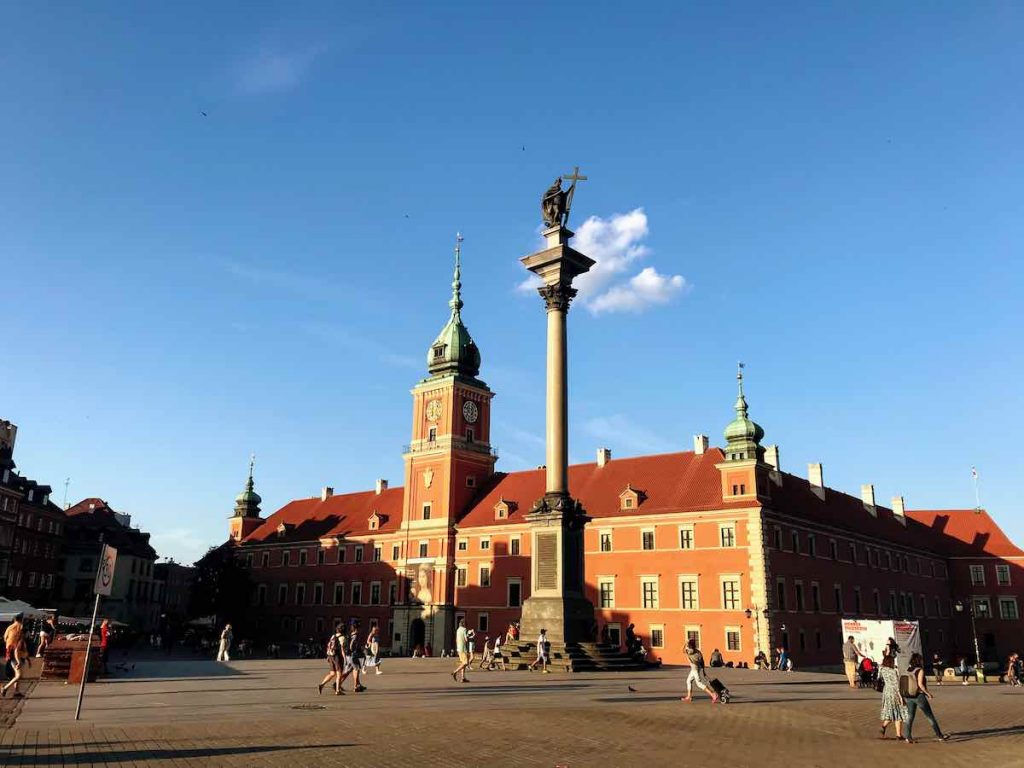
Home to Polish Royals until the 18th century, Warsaw Royal Castle was almost completely destroyed by the German Army in the Second War, and most of what you see today is painstaking post-war reconstruction.
It’s now owned by the Polish state and is home to historical collections of paintings and sculptures.
Gołuchów Castle
The Gołuchów Castle is an early Renaissance brick defensive structure. It was first mentioned as early as 1421 AD, although most of what you see today dates back to the 16th century AD. It was thoroughly rebuilt in the second half of the 19th century
goluchów castle goluchow castle
Czocha Castle
Czocha castle seems to be Poland’s answer to Harry Potter’s Hogwarts, with an impressive moat and defensive features that make it a picture-perfect backdrop for selfies from all sides.
Czocha Castle was established in the 13th century as a defensive castle by order of Czech King Wenceslaus I and continued over the centuries as the stage for a number of sieges, bloody scenes and macabre crimes- all the pastimes of royalty in those brutal ages.
The fairy-tale Czocha Castle is located in the Izera Mountains of Lower Silesia. If you want, not only can you visit the beautiful Czocha castle but also spend one night at their posh hotel and be surrounded by Harry Potter magic!
Niedzica Castle
Built-in the style of French castles of the late medieval period, Niedzica stands on a rocky slope over the Dunajec River in southern Poland near the border of Slovakia. Its history dates back to the 13th century AD, when its original structure was built.
Niedzica Castle, Also known as Dunajec River Gorge Castle, was sacked during 17th-century wars and fell into disrepair. It remained derelict until the 21st century, when it was renovated into a hotel. It now also hosts a museum exhibition presenting the history of this region.
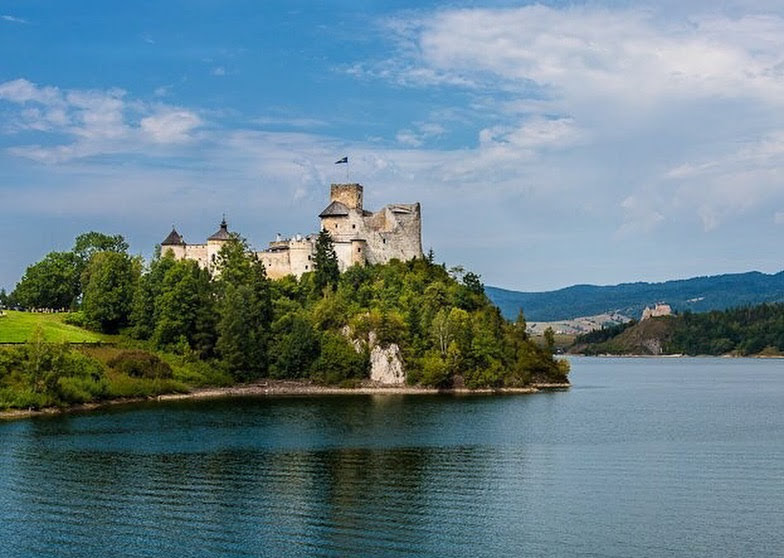
Moszna Castle
Located in the south of Poland, Moszna Castle was built in the 18th century, but its present shape was given to it in the next century.
It is one of the most beautiful castles in Poland. It amazes visitors with its size ( 365 rooms), architecture ( 99 towers and turrets) and the picturesque surrounding landscape.
Although the building is called a castle, it has never really had a defensive function.
Krzyżtopór Castle
The Krzyżtopór Castle was built in the 17th century by one of the most powerful Polish magnates of that time – Kazimierz Ossoliński. The castle is designed in the style of the Palazzo in Fortezza, a fortified residence.
The castle has an unusual plan inscribed in a pentagonal bastion.
The castle was destroyed during the 18th century and currently is under reconstruction.
Pieskowa Skała Castle
Also known as “Little Neuschwanstein,” it is one of the prettier castles in Poland and is considered a pearl of the Polish Renaissance.
It is located about 30 kilometres south of Krakow and was built in the 14th century AD. The castle features original Gothic frescoes, intricate stucco work on ceilings and walls, furniture, paintings and decorations.
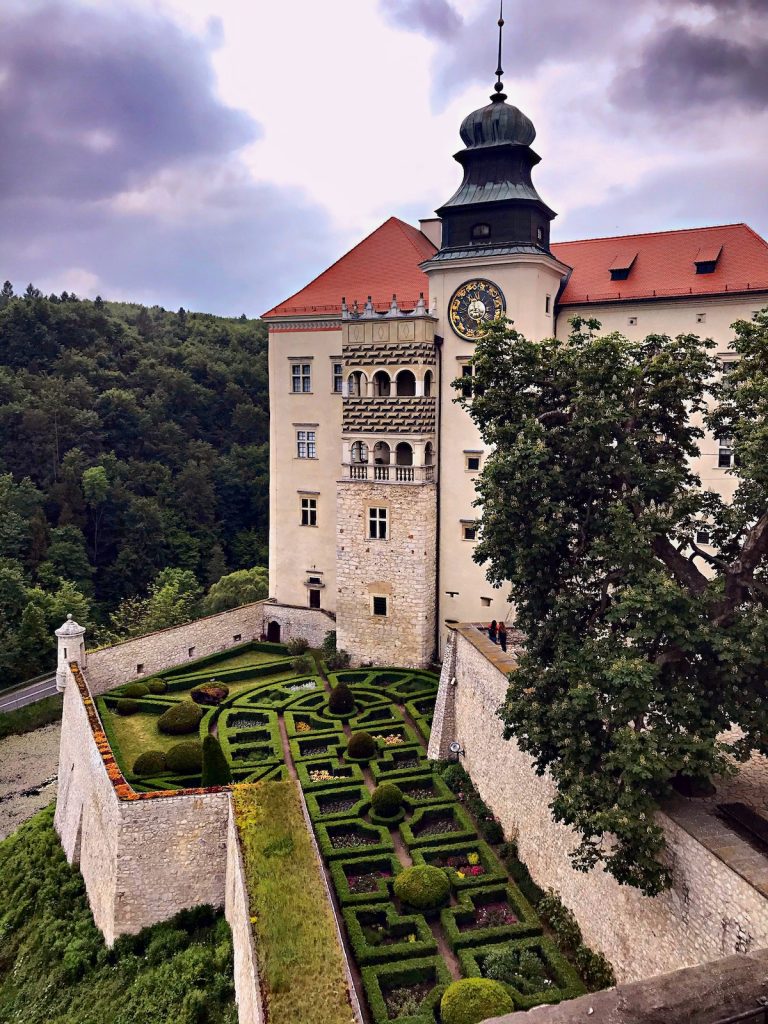
The Pieskowa Skała Castle is one of the biggest attractions at Ojców National Park. It was built on top of a hill overlooking western Lesser Poland’s Trail of the Eagle’s Nests – a line of castles together forming an important defensive line during medieval times to ward off Swedish invaders.
Right next to it is the famous Club of Hercules – a natural freestanding limestone pillar.
Pieskowa Skała is an easy day trip from Krakow for those looking to get out of the city.
Boboli Castle
Boboli Castle is one of the many castles on Krakow’s Trail of the Eagles’ Nests. It was originally built during medieval times and has recently been restored to its former glory thanks to efforts from the Lasecki family, which owns this attraction today. The cylindrical tower stands tall with black tiles topping each side; there also exists an expansive drawbridge for defence purposes. And lastly, inside are historic rooms filled with displays telling stories about what life may have looked like back then when everything seemed so much simpler – at least for those who survived the brutality of the age.
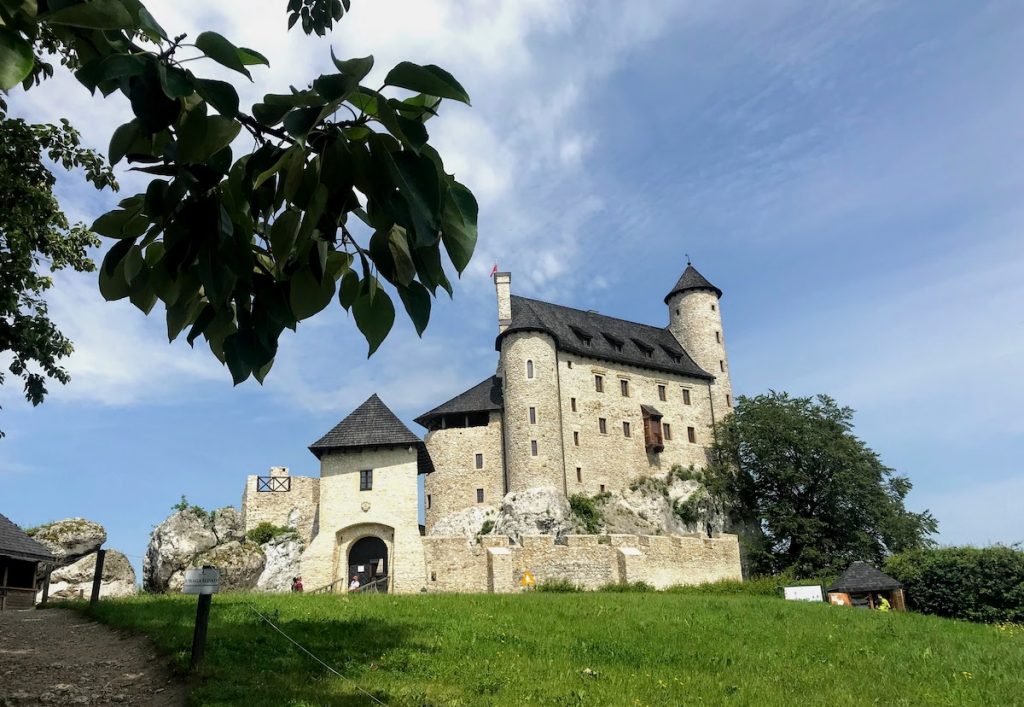
Ksiaz Castle
The Castle in Książ is located in the Książański Landscape Park next to Wałbrzych city. It is located on the Piast Castle Trail. It is the third-largest castle in Poland (after the castle in Malbork Castle and the Wawel Royal Castle). A small part of it, including the Piast castle in the central part, is open to the public.
Overlooking the Swidwie Lake, it is one of the most well-known castles in Poland. The surrounding area provides opportunities for horse-riding, cycling, canoeing and fishing.
Ksiaż Castle of the Dukes of Świdnica from the end of the 13th century, transformed into a baroque palace in the 18th century.
While it may not be as grandiose as other castles in Poland, it does offer a unique perspective of the Polish countryside. Książ Castle is located in Southwestern Poland in the Lower Silesian Voivodeship near the town of Wałbrzych. The castle is built on a limestone hill above Owl Creek. Construction started in the 13th century, but most of what you see today was built during the 15th and 16th centuries.
During the Second World War, castle was taken by the Nazi regime and was adopted for one of the secret quoters of Adolf Hitler with underground tunnels which still hide many secrets. Some of them can now be visited.
Kwidzyn castle
The Castle of the Pomeranian Chapter in Kwidzyn was modeled on the Teutonic castles. The construction of the currently existing castle began at the turn of the 14th century.
A characteristic element of the castle is the largest sanitary and defence tower in the Teutonic state – gdanisko – located 55 meters from the west wing of the castle on the lowest terraces of the Vistula valley. The “Toilet” is connected to the main body of the castle by the world’s longest porch supported by five high arcades, several meters high.
Located in northern Poland Kwidzyn Castle is one of the most beautiful castles in Poland.
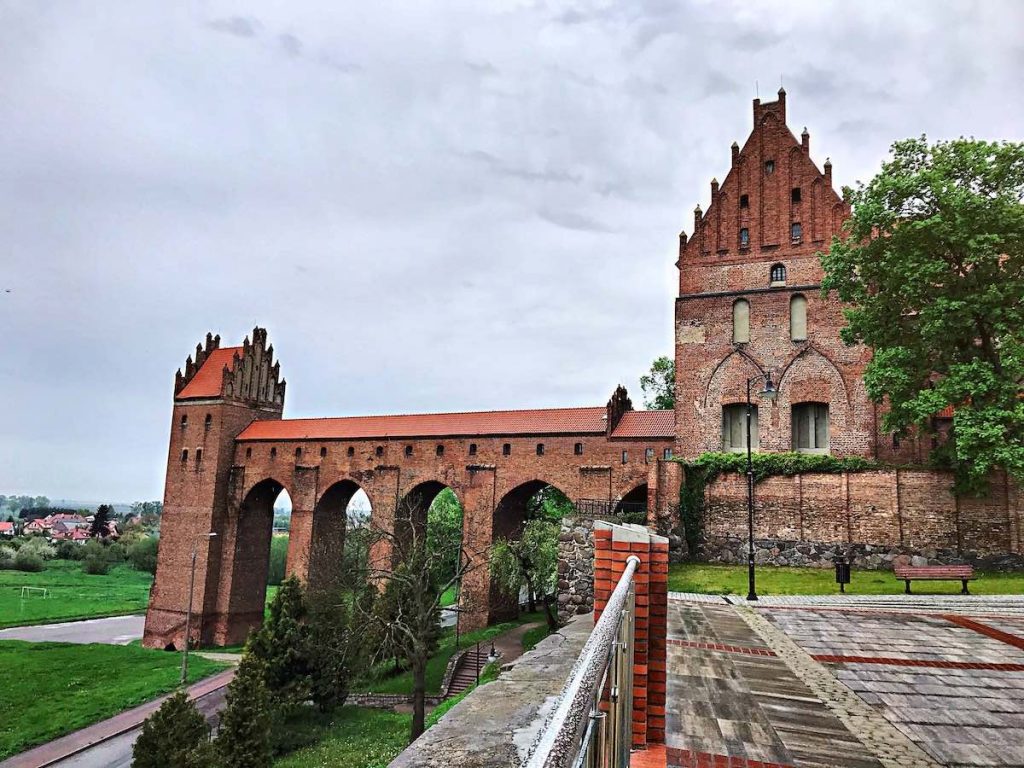
Ogrodzieniec Castle
Ogrodzieniec Castle was once an impressive castle, and its haunting crumbling ruins now attract tourists from around the world. Wandering through this ruin is certainly one scary experience. The castle was featured in an Iron Maiden Music Video from the 1980s
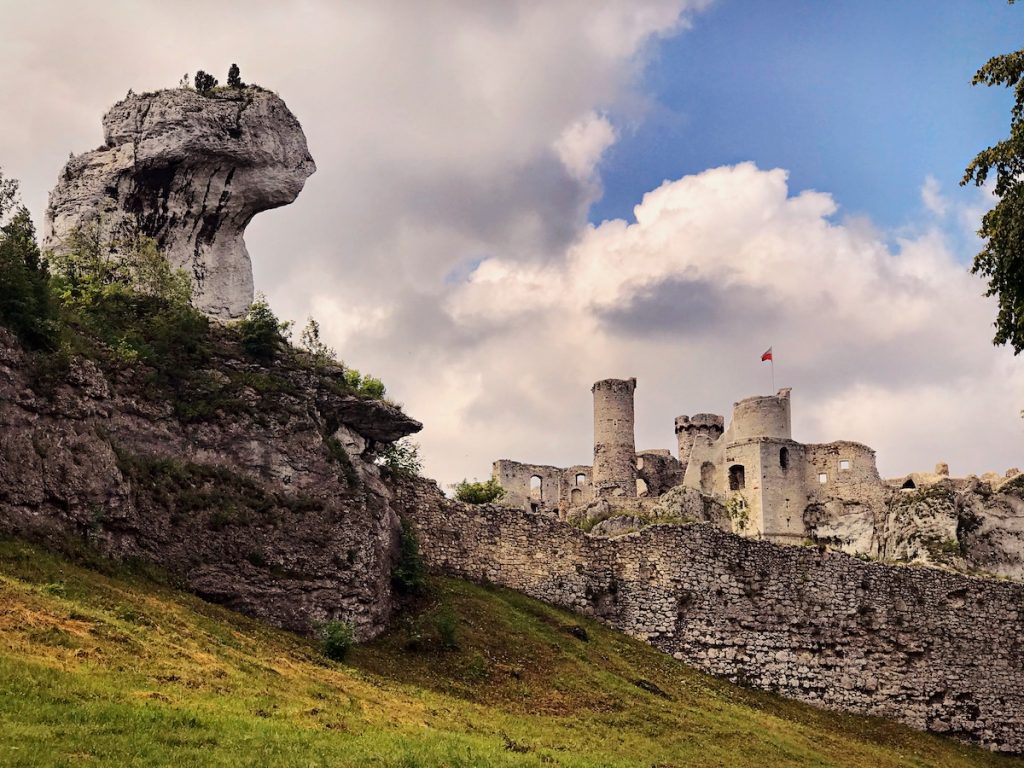
Nowy Wisnicz Castle
Nowy (New) Wiśnicz Caste is situated on a forested hill by the Leksandrówka River by the village of Stary (Old) Wiśnicz, erected by Jan Kmita as a fortified family home in the second half of the 14th century. The castle exhibits its history with elements from the late medieval, early renaissance and baroque periods. The building is surrounded by bastion fortifications with a 17th-century entrance gate.
At the end of the 18th century, the castle began to fall into decline and was largely destroyed by fire in 1831. In the early 20th century, the ruins were sold to a new owner, and by the second half of the twentieth century the castle was at last fully restored. The arched inner courtyard is especially beautiful.
Frombork Castle
Frombork is a fascinating defensive cathedral complex from the 14th century, originally built as an episcopal seat of the Warmia bishops. Nicolaus Copernicus lived and worked here before writing his iconic work on astronomy in 1543, which would eventually change our understanding of the Earth’s position in the solar system and our galaxy forever.
Bolkow Castle
Bolkow is built on the ruins of the castle of the Dukes of Swidnica and Jawor. – a Gothic structure dating from the late 13th century. In the 16th century, it was enlarged and rebuilt in the Renaissance style.
Baranów Sandomierski Castle:
Originally built in the 13th century, it was later transformed into a Renaissance-style residence. The palace now contains an exhibition of ancient wagons that were found in the area.
Bedzin castle
Bedzin Castle in southern Poland is a stone castle of the 14th century. The fortified castle played a significant role in protecting the kingdom of Poland and later the Polish Lithuanian Commonwealth
Under the reign of Casimir III the Great, the wooden fortress was gradually rebuilt with stone. The castle remained intact in the late 1600s, when it began to lose strength. In the early 17th century, a fire caused more damage, and the following deluge sent this castle into nearly total ruin. While an attempt was made over the following years to regenerate this fortress, it has not been restored completely.
Łańcut Castle
One of the most famous residences which used to belong to a Polish magnate. The original defensive structure of the Stadnicki family from the 16th century was rebuilt and remodelled in the mid-17th century by Stanisław Lubomirski into a palatial seat surrounded by earth fortifications.
The Lancut castle houses many architectural features from classical, rococo, and neogothic periods. Łańcut castle today is surrounded by a park in English-style complete with pavilions and agricultural buildings.
Łęczyca Castle
The Royal Castle in Łęczyca from the 14th century is a defensive structure erected by Casimir the Great. It was built almost entirely of red brick, set on stone foundations. The whole building was surrounded by a 10 m high wall with a huge octagonal tower.
Wilanów Palace
Located near the city centre of Warsaw, Wilanów Palace is a combination of Baroque and Classical architecture. Construction was started by King Jan III Sobieski in 1677 as a summer residence. It became his favorite palace and was also visited or lived in by many other notable figures from Poland’s past, including those from the House of Vasa, as well as Stanislaus II Augustus
Wilanow Palace was constructed by king John Sobieski III for the village what village? In 1677. Over the years until 1696 the building had been expanded and redeveloped
The exhibition and museum part of the palace is on the first floor, where one can view the Polish Portrait Gallery and other valuable pieces. The Wilanow Palace is one of the first museums in Poland to open its doors in 1805 and is open every day.
Pszczyna
The Pszczyna is a gothic castle from the turn of the 15th century, rebuilt in the Renaissance style in the second half of the 16th century. Until the end of World War II, it was the seat of the Dukes of Pszczyna who had rebuilt the castle into a magnificent palace in the 17th century.
Żywiec
Żywiec castle was erected in the mid-15th century by the Skrzyński family. In the 16th century, the Komorowski family transformed it into a Renaissance residence. The reconstructions carried out in the following centuries gave it a neo-Gothic appearance. Only the courtyard remains in the Renaissance style.
Poland castles – Pin it for later
Privacy Policy Disclaimer
This website uses affiliate links for income and support.
If you like our website, please consider using these links. You will be directed to the vendor, and we will get a small commission on your purchase price at no increased cost to you.
We have researched facts stated here as far as practicable but please check anything critical before committing your time and money. We do not claim any special knowledge or expertise, and we are not consultants for our readers.
